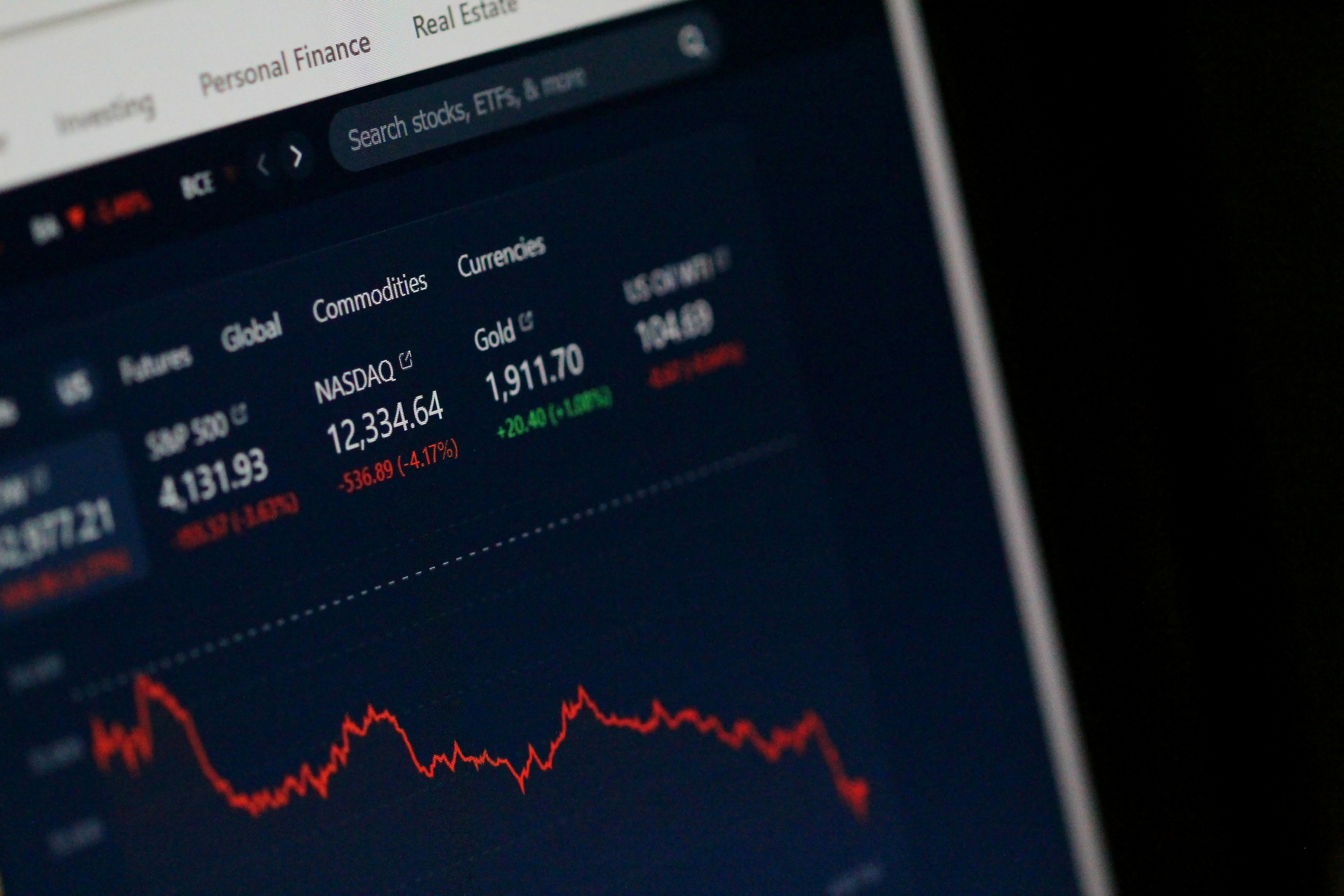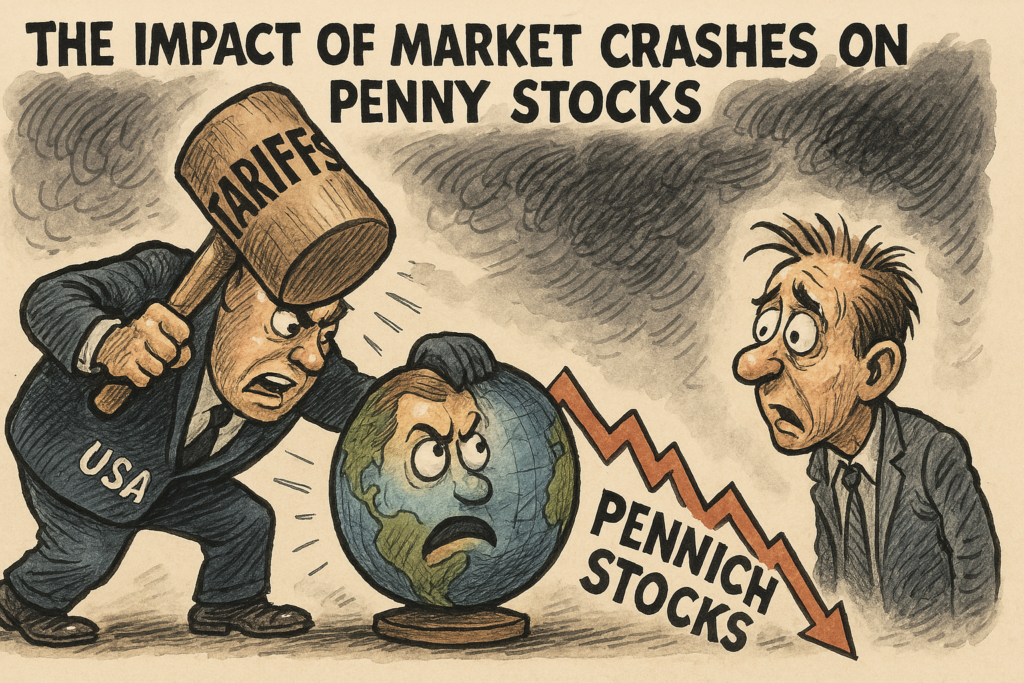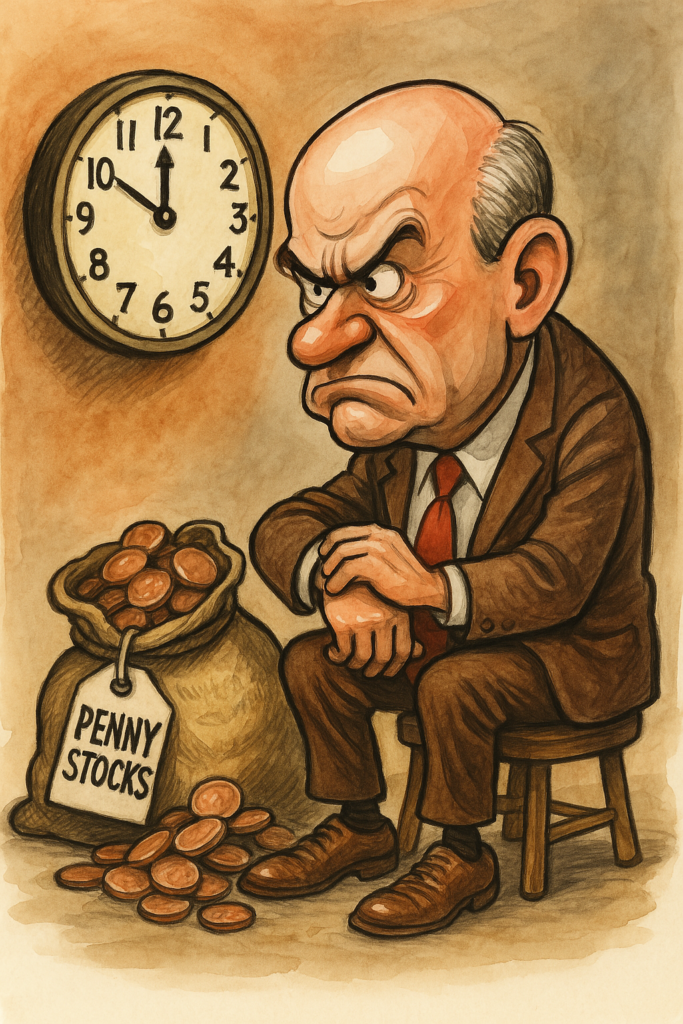
Understanding Penny Stocks
Penny stocks are typically defined as shares of small public companies that trade at relatively low prices, often below $5 per share. They are known for their volatility and can be found on major stock exchanges such as the NASDAQ or the New York Stock Exchange, as well as on over-the-counter (OTC) markets. The characteristics that make penny stocks appealing to investors include their affordability and the potential for significant returns. However, they come with a unique set of risks that must be considered by both novice and seasoned investors.
The market behavior of penny stocks is influenced by various factors, including trading volume and market sentiment. Due to their lower liquidity, these stocks can experience sharp price movements based on sporadic trading activity rather than solid financial fundamentals. This property can be particularly advantageous, allowing investors to capitalize on dramatic swings in price during market fluctuations. Nevertheless, it is important to be aware that while high returns are possible, substantial losses are equally plausible.
Penny stocks are often sought after during periods of market crashes as they can present unique investment opportunities. During volatile market conditions, established companies’ stock prices may plummet, leading investors to explore alternative options. Penny stocks, with their low entry costs, may appear attractive as a means to diversify a portfolio and gain exposure to various sectors that might otherwise seem unattainable. However, investors should conduct thorough research and due diligence, as the lack of regulation and financial transparency for many penny stocks adds an additional layer of risk. Understanding these dynamics is essential for making informed investment decisions in such assets.
The Impact of Market Crashes on Penny Stocks
Market crashes exert a significant influence on the investment landscape, especially for penny stocks, which are often characterized by their lower price per share and increased volatility. Historically, during major market downturns, such as the dot-com bubble burst in 2000 and the financial crisis of 2008, penny stocks often exhibited heightened fluctuations in both price and trading volume. Investors in penny stocks must fully understand the unique position these investments hold during periods of economic instability.
One of the most notable trends observed during market crashes is the potential for severe price drops, followed by rapid recoveries. For instance, during the 2008 financial crisis, several penny stocks within the biotech sector, such as Geron Corporation, saw their prices plummet due to market panic. However, as the market found its footing, many of these stocks experienced significant rebounds, leading to quick gains for attentive investors. Consequently, the market crash did not eliminate opportunity; rather, it presented a distinctive entry point for discerning individuals willing to take calculated risks.
Nonetheless, investing in penny stocks during turbulent times is fraught with pitfalls. The increased volatility can lead to psychological pressure on investors, often resulting in hasty selling decisions. Additionally, liquidity concerns often overshadow penny stocks during downturns, as many investors may avoid these kinds of investments, leading to wider spreads between bid and ask prices. For this reason, developing a strategic mindset becomes essential when navigating penny stocks in a crashing market. Investors must conduct thorough research, staying informed about market trends, company fundamentals, and overall sentiment, to make sound decisions in such uncertain times.

Criteria for Selecting Penny Stocks During a Crash
Investing in penny stocks during a market crash requires a discerning approach to ensure that potential pitfalls are avoided. To make informed decisions, investors should start by evaluating the company’s fundamentals. Analyzing financial health is essential; this includes reviewing balance sheets, income statements, and cash flow reports. A strong financial position, demonstrated by manageable debt levels and consistent revenue streams, can indicate a company’s capacity to weather market downturns.
Next, it is vital to assess the industry position of the penny stock in question. Some industries are more resilient during economic downturns, such as utilities or essential consumer goods, while others may be significantly impacted. Investors should research the company’s market share, competitive advantages, and obstacles it might face in its sector. Understanding these dynamics can provide better insights into the stock’s long-term viability.
Management quality is another critical factor. A competent management team with a proven track record can often steer a company through turbulent times. Investors should research the background and performance history of the leadership to ensure they possess the necessary experience and vision to navigate challenges effectively. Additionally, engaging with management’s communication on future strategies and growth prospects can provide further clarity on the company’s direction.
Furthermore, inspecting market trends and future growth potential is indispensable. If a penny stock operates within a declining industry, even strong fundamentals may not suffice to yield positive returns. Thus, maintaining awareness of overarching economic trends will guide investors in identifying potentially profitable opportunities. Lastly, observing overall market sentiment can also help assess risk tolerance and assess the timing for potential investments. By employing these criteria, investors can make well-informed choices even during market fluctuations.
Top Penny Stocks to Watch
As investors navigate the uncertainties of market downturns, identifying promising penny stocks can provide potential opportunities for substantial returns. Below is a curated list of noteworthy penny stocks that merit consideration during such times, along with insights into their relevance and potential for growth.

1. Renewable energy sector stocks, has demonstrated a significant commitment to innovating sustainable technology solutions. Recent announcements regarding new partnerships aimed at expanding their product offerings could enhance revenue streams. Given the increasing global emphasis on sustainability, this stock aligns with industry trends that support long-term growth.
2. Biotechnology industry, developing a groundbreaking treatment that has shown promising results in its trials. With an FDA filing anticipated soon, this could catalyze upward movement in share prices. As biopharmaceuticals become integral to healthcare, investing in such stocks can be a prudent choice.
3. Tech-oriented penny stock focuses on software solutions aimed at small to mid-sized businesses. Recent upgrades to the company’s service offering have positioned it favorably among competitors. As digital transformation accelerates, this company could see increased demand for its services, reflecting potential stock growth.
When considering these stocks, it is critical for investors to conduct thorough research. This includes analyzing financial statements, reading industry news, and monitoring any forthcoming announcements that could impact stock performance. Utilizing online financial platforms and consulting with investment professionals can assist in making informed decisions. Engaging in due diligence will ensure a comprehensive understanding of the risks and potential rewards associated with these penny stocks.
By keeping a watchful eye on these selected stocks, investors can uncover potentials that may yield favorable outcomes when the market stabilizes.